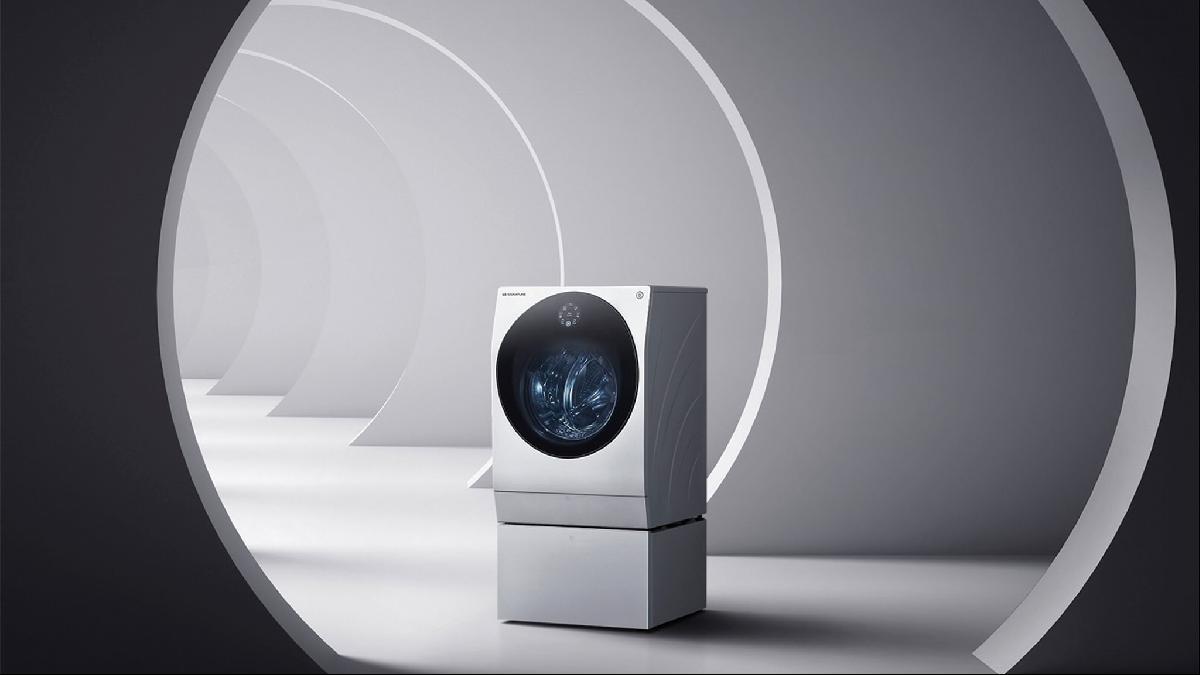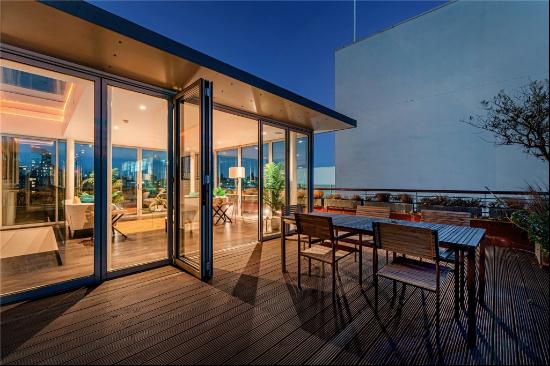
By Adrian Justins
Rising energy costs and global warming are causing many of us to focus on reducing our power consumption — especially as winter approaches in the northern hemisphere. The latest consumer tech can help, with appliances that are more efficient, gadgets that are only used when really needed and apps that help users see where savings can be made.
Wiz Mobile Portable Light with SpaceSense, £79.99
The benefits of smart lighting include voice control (for example saying “Hey Siri, it’s dinner time” to switch on a light to a preset colour and brightness) as well as scheduling, which can help manage power consumption. Motion sensors also help to save energy by ensuring an empty room is not lit unnecessarily and Wiz’s ground-breaking SpaceSense system dispenses with the need for separate sensors, instead using tiny disturbances to the WiFi signal to detect motion. The system is compatible with Wiz’s new Mobile Portable Light, available from John Lewis. The sensitivity of the system can be adjusted, for example, to prevent pets from triggering the system and an app shows the number of Watts used hourly, daily and weekly so users can identify where further savings can be made.

LG Signature LSWD100E TwinWash washer dryer, £2,399.98
Purchasing a new washing machine may require significant expenditure upfront but the latest machines are the most energy efficient ever made. The LG LSWD100E, for example, which is part of LG’s luxury Signature range of tech, has a quadruple A energy rating and would save an average of £4,071 in energy bills over 11 years against the most inefficient model on the market. The machine uses AI to weigh washing loads and assess fabrics to automatically select the optimum cycle, while an auto dosing system releases the correct amount of detergent or fabric softener according to the size and type of each individual load. The product’s patented TwinWash feature provides the option to simultaneously clean two different fabric types or two separate colours. The machine can be controlled remotely using an app.

Hive Smart radiator valves, £54
Hive radiator valves make it easy to schedule and instantly adjust heating so that unoccupied rooms aren’t burning energy unnecessarily. The valves require a Hive Theromostat or Thermostat Mini, which connects to your WiFi router via a hub. The Hive app allows you to control the system remotely and is compatible with smart home voice assistants such as Alexa and Siri. The app can also respond to geo-location prompts from your phone’s location to ensure the house is warmed up when you return from a day out or holiday, or to remind you to switch it off when leaving home. The valve can even detect if a window has been left open, causing the temperature in the room to drop, and will adjust its output automatically. An optional Hive Heating Plus subscription tracks your usage and encourages more economical use.

Sage Smart Oven Air Fryer, £299.99
Because air fryers are usually smaller than traditional ovens and because they heat up and cook more quickly, they use less energy — roughly 50 per cent less. Combining both a traditional, albeit compact, electric oven with an air fryer, the Sage Smart Oven Air Fryer uses artificial intelligence to cook different food types correctly. As well as air frying, where higher temperatures are combined with air convection to speed up cooking time, there are nine other settings including toast (up to six slices at once), crumpet, bake and slow cook. Sensors work with a digital temperature control to eliminate cold spots and overheating and ensure food is cooked evenly.

TP-Link Tapo P110, from £27.99 for two
A smart plug such as the Tapo P110 is an affordable way to ensure ordinary electrical appliances are only being used when required. Timers can be scheduled using an app and devices — such as lamps, electric heaters and phone chargers — switched off or on remotely. Lights can also be set to run at reduced wattage, using less power and creating a more appealing ambience. The Tapo P110 uses WiFi and can be operated using voice control (Amazon Alexa and Google Assistant), while an energy monitor within the app allows you to chart your usage and identify where savings can be made.






















